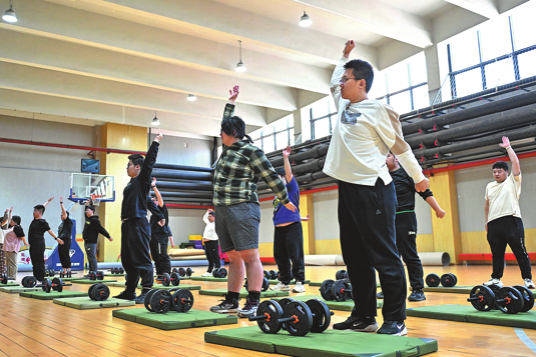High-end used goods woo younger generation


Clear potential
The potential for the high-end used goods market became clear when Milan Station, a secondhand luxury shop established in Hong Kong in 2001 and went public in 2011. The first Milan Station store on the Chinese mainland launched in Beijing in 2008.
Analysis on the development of China's secondhand luxury market and a research report on investment prospects for 2022-29, both released by Insight and Info, said the nation's secondhand luxury market grew from 5.8 billion yuan in 2016 to 17.3 billion yuan in 2020, with an average annual compound growth rate of 31.1 percent.
Liang Qihua, the founder of ASEROOM, an offline secondhand luxury store in Shanghai, said there are more than 40,000 high-end "idle goods" exchange merchants in the domestic market, with 20,000 launching last year.
"About 10,000 of them are bricks-and-mortar stores, while the rest comprise studios and business carried out on WeChat," Liang said.
Launched in January, ASEROOM provides secondhand luxury bags, other accessories and watches, most of which come from individual customers.
Liang said some 300,000 used goods are traded in the domestic market each day, with leading brands such as Hermes, Chanel and Louis Vuitton accounting for 20 percent of the market.
"The pricing of secondhand luxury items is based mainly on the lowest counter price globally, and some 80 percent of the products are about half the counter price. The better the quality, the higher the price," he added.
ZZER, which launched in 2015, saw gross merchandise value of 1.5 billion yuan last year, compared with 10 million yuan in 2017. The platform now covers more than 12 million users and over 5,000 brands.
Zhu Tainiqi, its founder, said luxury appraisal, which is considered the biggest challenge in the secondhand luxury goods market, has grown as the market expands.
"Five years ago, there were no more than 100 professional appraisers in China, but last year for example, China Inspection Group's appraiser training course attracted nearly 2,000 people from different industries every month," Zhu said.
There are hundreds of people on ZZER's team of appraisers, which has assessed nearly 1 million products in the past six years, Zhu added. Each product undergoes 11 appraisals, including logo inspection, material observation and odor recognition.
The high-end secondhand market has flourished for numerous reasons-the COVID-19 pandemic being one of them.
Liang said: "Demand among customers for overseas purchases has transformed into domestic consumption. After the pandemic emerged in Europe, many luxury goods factories reduced production, resulting in supply shortages.
"In addition, foreign currencies lost value, triggering a rise in official prices of luxury brands, which in turn promoted the entire secondhand luxury market."
























